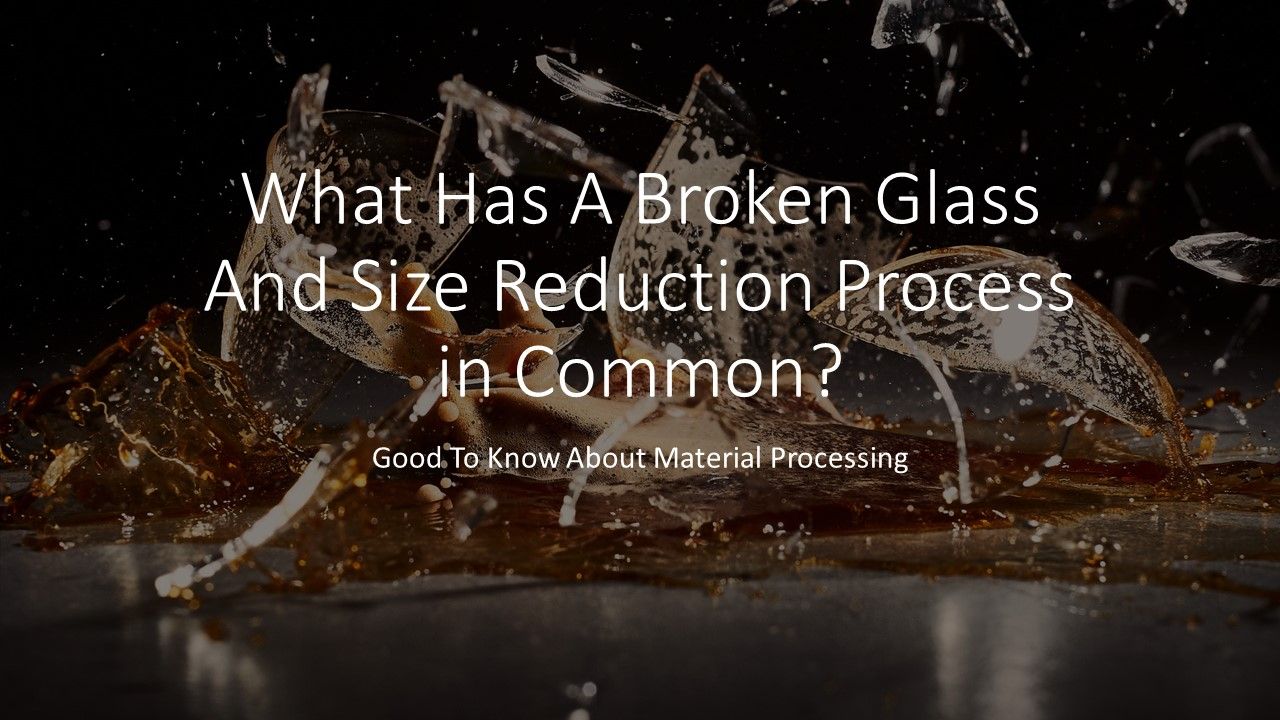💥 Crime scene - kitchen. A glass hit the floor. Small and big glass pieces everywhere. Picking the bigger pieces by hand, the smaller ones with a hoover. And then...
Imagine that a second glass would slip out of my hand. The crash scene would look a bit different. The glass pieces are different.
Did you know that particle size reduction in the industry has a lot in common with what happened in my kitchen ❓
And these are exactly the challenges of the 𝘀𝗶𝘇𝗲 𝗿𝗲𝗱𝘂𝗰𝘁𝗶𝗼𝗻 𝗽𝗿𝗼𝗰𝗲𝘀𝘀.
👉 There is no solid material that can be divided into predefined and always the same size pieces when crushed.
Even the particle bandwidth from coarse to fine is difficult to determine in advance.
In general, the greater the forces acting on the solid during crushing, the finer the particles after breakage.
If the glass were thrown onto the floor with force, the fragments would not only be distributed further in space, but would also be significantly smaller on average.
In order to achieve a tighter particle bandwidth, size reduction systems are often combined with classifying systems in practice.
The particles that are too large for production are separated and fed back into the size reduction process.
There are also classifier mills that combine both techniques.
Typical challenges in size reduction of solids are:
- definition of the most energy efficient process
- bandwidth of the particle size distribution
- proportion of fines too coarse or too high
- management of the temperature input
- reduction of size differences in the feed material
Because there are so many factors to consider, test runs are necessary.
👉 Which mill or classifier is necessary to achieve your requirements? ❓
If you have doubts, write us.
We love to help you to realize material processing projects.

